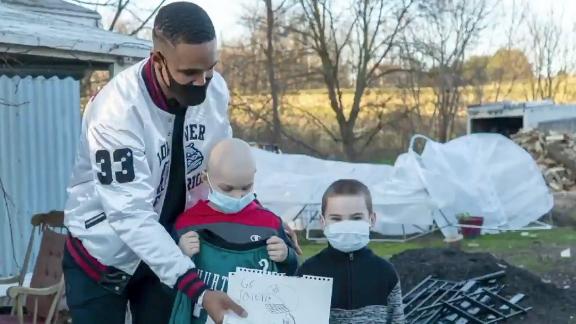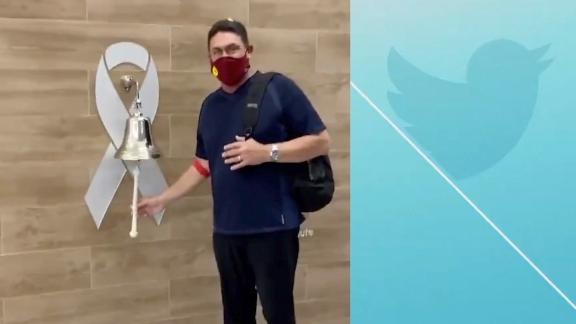Writing about skateboarding, I have Google set to give daily alerts when any "skateboard news" comes up online, and almost everyday the news includes a serious injury, or worse yet, a report that a skateboarder has died. During their time on a board, almost every skateboarder will have bruises, sprains and broken bones, primarily from falling. However, as skateboarding has grown in popularity, there's an influx of skaters with varying degrees of experience on the streets, and the majority of skate fatalities are due to collisions with cars.
These news reports are often shocking in their accounts -- skateboarders chillingly referred to as "the child", "the young man" or "the victim." The action, "hit," "dragged," "launched 20 feet into the air," which is inevitably followed by "was rushed to the hospital" or "was pronounced dead on the scene." Kids are literally dying in the streets.
Cyclists have fought hard to have bike lanes, but what about skateboarders?
According to Skaters for Public Skateparks's Research and the website skatepark.org, who tracked last year's skateboarding fatalities, 42 skateboarders died in 2011. 71 percent of the deaths involved or were directly caused by a vehicle, and the average age was 15 years old. These tragic accidents occurred during both day and night. Some involved texting or drunk drivers, while others were drivers who failed to see the skater in the street.
It's estimated that there are currently 12.4 million skaters in the US, according to the marketing firm Board-Trac. Skateboarding is a viable mode of transportation offering a portable, economical, practical, green alternative to cars. A creative physical outlet with an engaging mental challenge has led to skateboarding's soaring popularity over the past few years. With its increase in popularity, both as a recreational activity and a means of transportation, the current safety standards and levels of awareness need to be exponentially increased.
Currently there are 3,000 skateparks in the US, but thousands more need to be built to accommodate the estimated 12 million skateboarders. Well-designed parks give skaters an option other than skating in the street or parking lots where the majority of the fatalities occur. In addition to providing a safe, go-to environment, skateparks are a place to hang out, stay out of trouble and learn from their peers.

Currently there are 3,000 skateparks in the US, but thousands more need to be built to accommodate the estimated twelve million skateboarders.

Laws pertaining to skateboarding in the United States are inconsistent. In some states skateboarders are regarded as pedestrians, while in others they are classified alongside bicycles -- they have the right to use the road, providing they comply with traffic laws. It seems that skateboarders are not wanted on sidewalks, roads or the bike lanes.
In researching this story I've found numerous instances of skateboarders being ticketed for skating in bike lanes from San Francisco, Calif. to Florida. It's clear that there are few places, outside of parks and areas designated for skateboarding, where skaters are welcome.
In New York City anyone under 14 years old is required to wear a helmet. In the state of California the law extends to anyone under 18 years old. The helmet laws are in place not only for the safety of the wearer, but also to lessen costs for cities dispatching ambulances and emergency medical services.
However, when a skater is hit by a car, it's the blunt force trauma to the body and head that no helmet will protect them from. With more distractions to drivers like texting and TV monitors, there has been a significant rise in accidents with pedestrians, cyclists and skateboarders.
Perhaps the reason there are fewer skateboarding fatalities in New York City is the pedestrian culture -- more people on the streets and drivers are forced to be more aware.
Regardless of longstanding prejudices against skateboarders as being destructive, or a menace, they have the right to skate for recreation and for transportation. With the massive increase in the number of participants, it's clear that skateboarding has been embraced by the mainstream.
Outmoded thinking and laws need to be updated to reflect this growth. Consistency in skateboarding traffic laws at a regional or statewide level could help alleviate some of the confusion among skaters and the public servants enforcing the laws. Be it the bike lane or the sidewalk, skateboarders have the right to safety as they're commuting. For now safe skateboarding comes down to critical awareness of the surroundings for both skateboarders and motorists.




